A season with the No. 2 player in the world, hanging with Jack, a loop with Arnie and more. Caddie Steve Hulka details an unforgettable 1976 season.
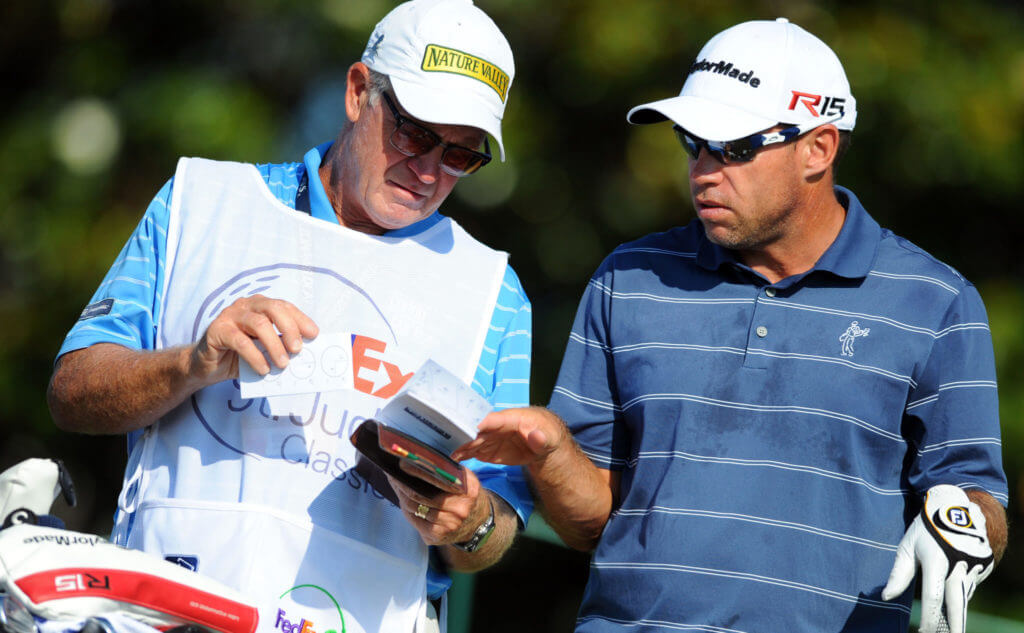
Last month, I related to you how circumstances in my college life brought me to become a professional caddie, living this nomadic life and being inside the ropes with the game’s greatest players of the 1970s. When 2+ years working for David Graham culminated in a win on his home soil of Australia, I started to realize wanting to compete at the top with my player involved hard work, passion for going the extra mile and the willingness to succeed at this level. Everything depended on both of us having one mind on and off the golf course.
Andy Martinez, my mentor and one of the top caddies in those early years (winning everything with Johnny Miller), told me it took a minimum of six months to really get to know how a player thinks and reacts to every aspect of his game; and for his caddie to react to him whether it be before the play of the hole, the execution of each shot, or the result.
There’s a Proverb I’m always reminded of that sums up the body of our work: “What a joy it is to say the right word for the right occasion.”
Once it’s your man’s turn, you really only have about 10 seconds to verbally get everything right as he’s contemplating the club: the wind, the lie, the target for the shot, whether he needs to hit it full or take something off of it… so, you see, the more weekly battles you experience with a player will determine whether the team has what it takes to compete against the upper echelon on the PGA Tour.

****************************************
Christmas 1975 and the break at home was a special one as Graham and I could bask in the glow of that Wills Masters win, and I’m sure he felt the same way I did about our future; 1976 was going to be a banner year both for Team Graham and our country’s anticipated 200th birthday.
Another important aspect about that previous year was the time David was investing with Jack Nicklaus and the MacGregor Golf Company which the Golden Bear had purchased. Jack appointed David to be his Design Consultant, and many a morning during our off weeks was spent at Jack’s personal club-making studio in Palm Beach Gardens. The two of them, along with Jack Wulkotte (who the Bear brought down from the Albany, Georgia MacGregor plant) tinkered away on their clubs and brainstormed on new designs while I sat on a stool behind them and soaked it all in.
One thing those two strived to create more than anything, was to build a perfect set of clubs that performed optimally for them, and as I recall Arnold Palmer, Lee Trevino and John Mahaffey, among a few others, were dedicated on the same level when it came to fine-tuning their clubs. This all became very important as the 1976 Tour season began to unfold, as their line of MacGregor VIP irons hit the pro shops, as well as being in their bags.
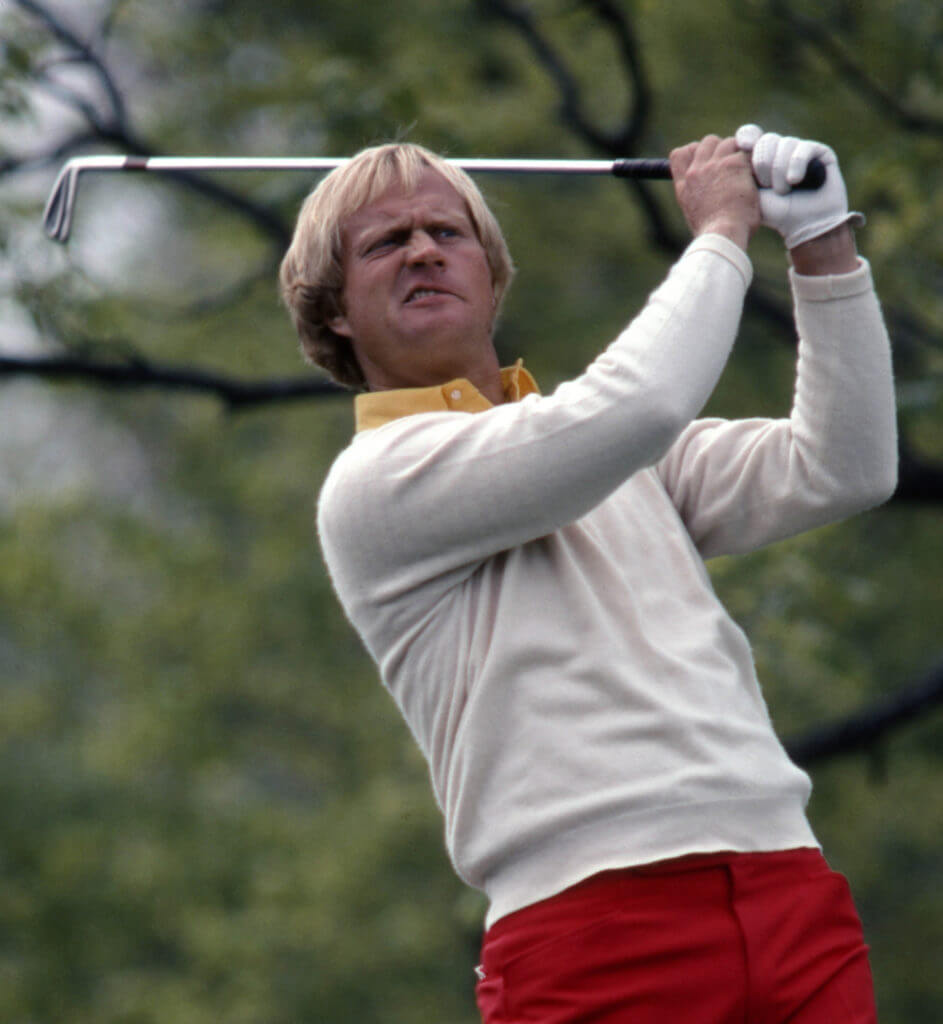
A fifth-place finish at Bing Crosby’s Clambake got the year off to a good start in late January. David had bumped up our weekly arrangement to a whopping $175/week plus 5 percent, but I was still paying him back for the 1974 Mercury Comet he had financed for me from a Hollywood, Florida car dealer. It was small compared to that old Dodge camper van that could sleep four, reheat a can of Hormel chili on the stove and keep beer in the fridge, but I enjoyed the good gas mileage and the fact it was the first new car I had ever driven.
Off to Hawaii the next week and a T26, then back to Cali for the Bob Hope Desert Classic, where the early February weather wasn’t typical of Palm Springs — windy, wet and cold — and David fought a balky putter for four days, yet still made the Sunday cut at 2-OVER PAR (who remembers when that was a five-round tournament?). Our fifth-round Sunday 73 left us in a tie for 45th, 19 shots behind Miller and my buddy Martinez.
Imagine getting a percentage bonus of $25, my fellow colleagues of today. Yep, that’s due to David bringing home $507 and change for his week’s work out of a purse that totaled $180,000… compare that to the $50,000 someone made last week in Memphis for finishing dead last. We’ve come a long way baby, haven’t we? Thank you very much, Tiger!
The Glen Campbell LA Open was more of the same — 35, 30, 33, 33 putts — on our way to another back-in-the-pack finish (even though DG only missed 15 out of 72 greens around Riviera, which was stellar). Now it was time to get off the west coast and hightail cross country to Lauderhill, Florida, and what was another early offering of the TPC Championship being held at celebrity Jackie Gleason’s course: Inverrary Country Club. This was the third time the TPC was staged at a different site, and one year before finding a permanent place in Ponte Vedra Beach at the Sawgrass CC, across the street from the now familiar Stadium Course. The Bear won the tournament going away at 19under over J.C. Snead. David finished T9 at 7 under and enjoyed being back on Bermuda greens with which he was familiar since he lived right up the road. So much so that the following week in Orlando he finished the Citrus Open with a final round 65 — only 26 putts! — on our way to a top-10 finish. A week after that at Doral, a third round 64 led to a T5.
You might ask: how do I remember all these stats from 43 years ago? Well, I kept a steno notebook of each tournament and transferred my notes of every hole David played from each round into this book. All year, start to finish. Hole-by-hole scores, greens hit, birdies circled, bogeys squared, putts, even the weather each day! The one thing I wish I would have included was who we were paired with each week. It would be neat to remember the rounds that were instrumental to our year, the future Hall of Famers we played alongside. You could say I was the forerunner of all the Shotlink stats you see on the Tour’s website nowadays. If I only knew what I was doing back then, I could’ve been the Einstein to the PGA Tour. But what did I know? I was just a stat freak. Math was my favorite subject in school. Math is a good thing when you’re a caddie — at least I learned something sitting on those hard seats all those years!
HERE’S A LOOK AT HULKA’S NOTES ON GRAHAM FOR THREE TOURNAMENTS IN 1976 — TWO OF WHICH GRAHAM WON (WESTCHESTER AND THE AMERICAN GOLF CLASSIC):
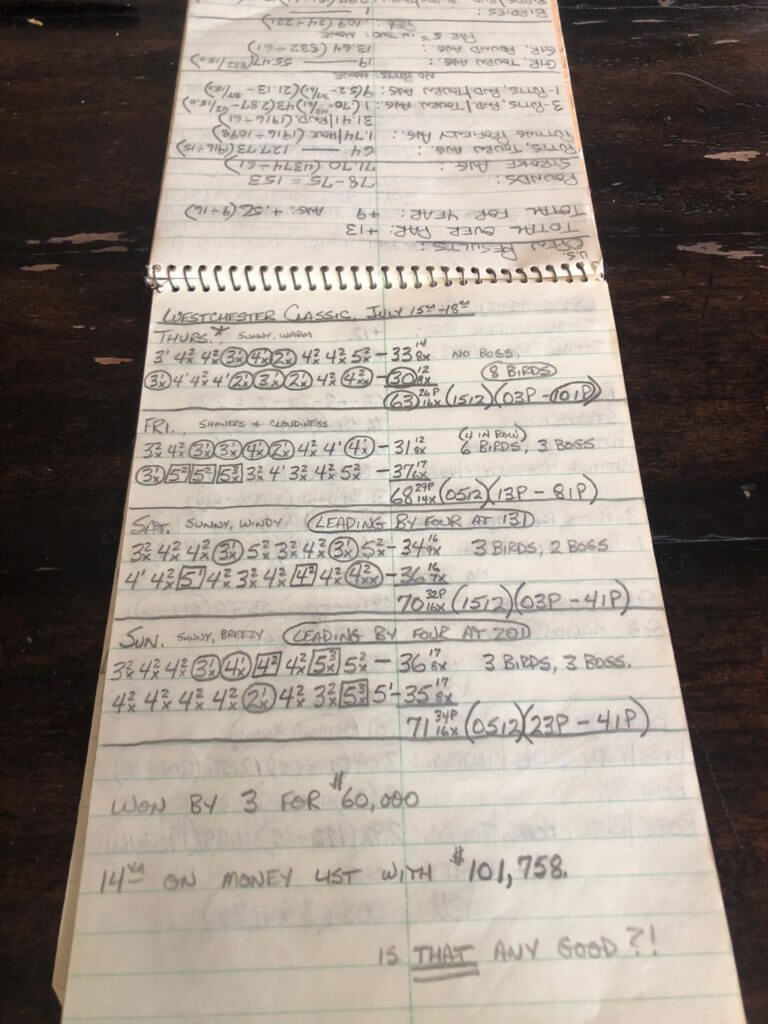
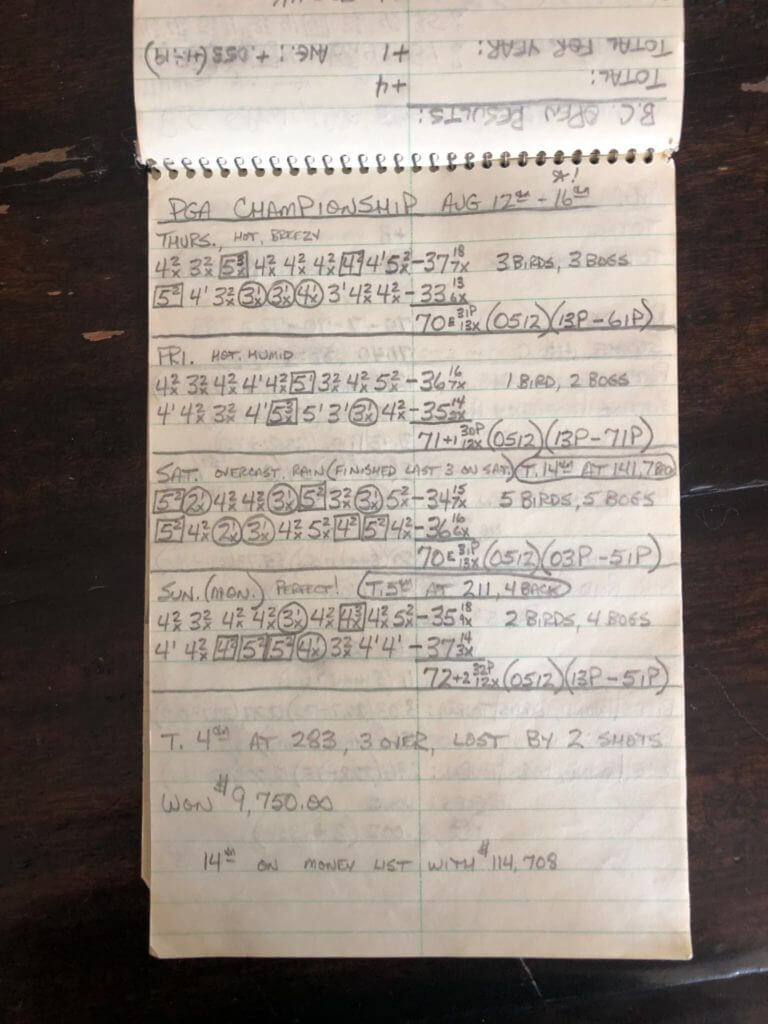
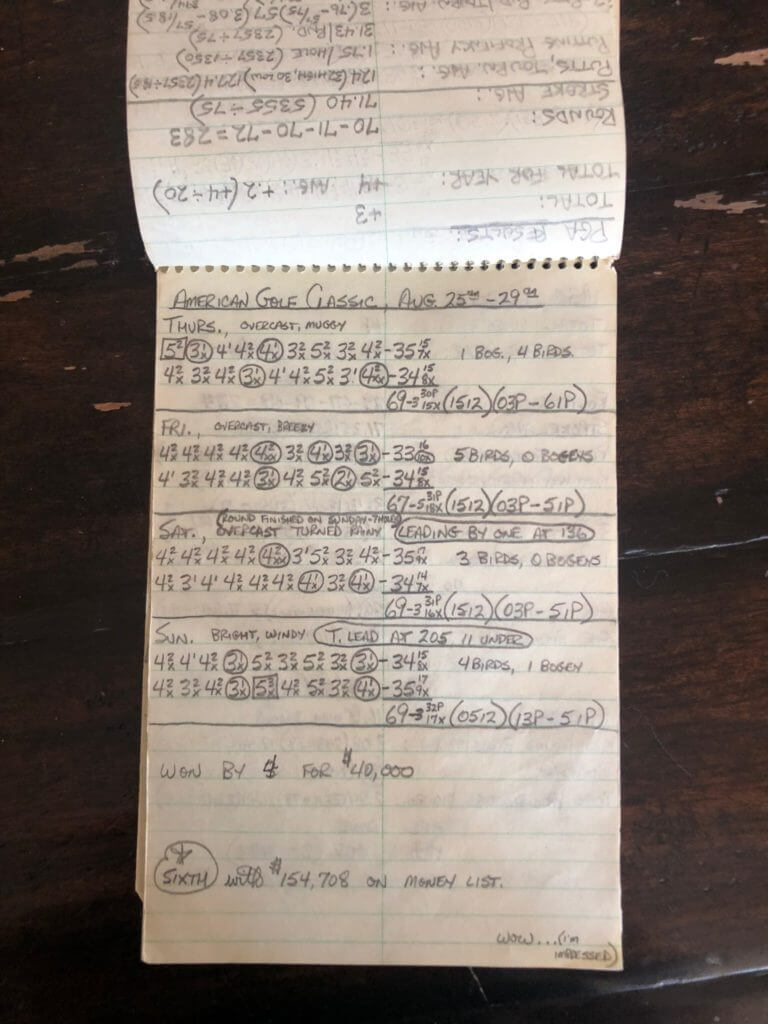
****************************************
Jacksonville, Hilton Head Island and New Orleans flew by with made cuts but no top finishes. Dallas in early May was up next, and though the week brought us another top 10, that really wasn’t the highlight of the week. The highlight was actually a lowlight. On Thursday morning, David and Jack were one tee time apart on opposite tees, with Nicklaus being the earlier of the two.
On the range warming up next to each other, the two men got into a discussion about their pitching wedges, hitting each other’s for comparison. I stood behind and let Angelo Argea — Jack’s longtime caddie — clean the two wedges for both of them. Off went Jack and Ang to putt and get ready to hit it. We left soon thereafter and made our way to the 10th tee. Ed Sneed was paired with us, and as a fellow MacGregor staff member he played the same equipment. He looked in our bag and remarked, “hey David, you aren’t playing with a pitching wedge today?”
RELATED: Geno Bonnalie explains how sending an email set up his journey to becoming a PGA Tour caddie
I looked at DG, and he at me, as he was saying, “Uh-oh, get your butt to the first green right now!”
Now I ran cross-country in gym class, and basketball and football kept you in pretty good shape in high school, but I was Jesse Owens that day as I ran top speed down the first hole and didn’t slow up until I got to the back of the green where Angelo had the bag. The Bear saw me from 30 feet away and without hesitation said, “What’s the matter, Ang?”
I told them, I think they might have our pitching wedge in their bag, and when Angelo stood it upright, Jack walked over to us only to discover he did have both his and ours. He lifted it out with one finger and dangled it at me by the hosel. “Well, that’s a quick two!” And he walked off to the second tee. No blame, no angry words — just walked off. That was Jack for you.
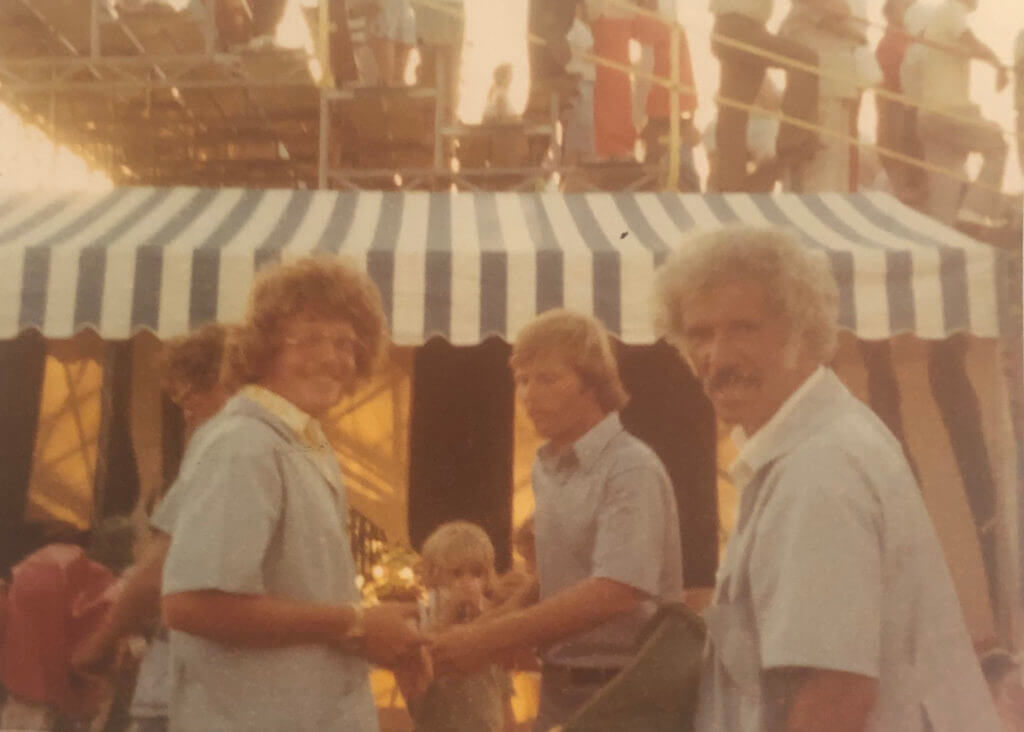
To this day, I truly don’t know who it was to blame for putting our wedge in Jack’s bag, but the way he handled it so calmly exhibits the true champion that he was. And yes, of course he still made the cut with the two-shot penalty (thank God)!
Ed’s brother-in-law caddie, Jim Popa, carried doubles down the 10th fairway so I could make it back, huffing and puffing, I’m sure. David was so upset with Ang and me he three-putted that first par 5… for par. He settled down to birdie three of the next 11 holes, but a couple of bogeys coming in tells me he might have been thinking what he was going to have to say to Nicklaus when they got in the locker room. As it was, it was all water over the dam, an honest mistake by all four of us, and nothing again was ever said.
Until now. I remember it like it was yesterday!
****************************************
A top 25 at Colonial the next week was followed by our first missed cut of the year at Memphis, where a year later Al Geiberger would make history by becoming the first 59 shooter. As we were barging though May, the excitement amongst us pro jocks built up for two new tournaments we were about to experience: in 1975, The Golden Bear had completed the work on his Muirfield Village Golf Club in Ohio, and David and I were fortunate to get a sneak preview that year when Jack hosted an informal invitational, a made-for-Japanese-television, two-day affair to showcase his newly-designed course to the world. Now we were headed there for his first official PGA Tour event, the one made famous when Roger Maltbie, playing off with Hale Irwin for that first gray jacket, flew the 17th green but instead hit a gallery stake dead center, sending his ball back to the back collar, where he was able to two-putt for a par and go on to eventually win.
Our 300 total for that week certainly didn’t scare anybody, but to David’s credit, he beat Tom Watson with a birdie on the final hole four years later to claim the Memorial title. I certainly hope that someday Jack and his committee will find it befitting to honor David as the Memorial recipient of the year.
READ: Taylor Ford details his incredible journey to becoming a PGA Tour caddie
The other event was equally if not more anticipated: the USGA, for the first time, was going to allow tour caddies to caddie in the U.S. Open at Atlanta Athletic Club. As the PGA of America had done the previous summer and let us come to Firestone, now we only had the Masters as the only major to keep us out (and that would change in 1983). David took a week off, came back and played the Kemper Open during a very hot, humid week, and it was down to Atlanta to try our hand at our second major of our career.
Things didn’t go our way as we got off to poor starts both rounds and missed our second cut of the year. David was headed for his usual month off for a summer break, but I wasn’t going to miss the weekend and not spectate as my buddies who were in the hunt needed my support in the gallery. Sunday dawned and sure enough John Mahaffey, who employed fellow Chicagoan David “Reppie” Lemon, was paired in the last group with Jerry Pate and his caddie John Considine. I stayed with them for all 18 holes, walking down the right side of that tough Atlanta Athletic Club finishing hole as Pate held a one-shot lead on my buddy. Alas, Mahaffey found the water with his second shot and Pate’s drive in the right rough was no more than 10 feet from where I was standing by the rope. I could listen in to what Jerry and John were saying right next to me! The lie was decent, but it was still U.S. Open rough.
John gave Jerome the yardage. “You like the four, John?”
“Hit the five, Jerry.”
“FIVE?! We got 193 yards all carry over that lake, John, I can’t afford to be short.”
“Hit the five, Jerry.”
“But…!”
“Hit the five.”
Those that remember know what happened next: Pate’s five iron flew laser straight and ended up inside three feet for a two-shot win over Weiskopf and Geiberger, and I got to witness that famous shot up close and personal. Reppie and Mahaffey finished solo fourth, and, to their credit, got it up and down for a bogey at the last after their penalty drop. Their moment in the sun came two years later when Mahaffey won the PGA Championship at Oakmont.
****************************************
I wouldn’t see David for about a month, so I started lining up other bags. The following week was my hometown tournament, The Western Open, but that was still off-limits to us due to the Western Golf Association using all the Chicagoland area caddies from surrounding clubs (they finally relented in 1990). I’m sure I played golf with Dad and our pals at White Pines that week, and the following week worked for Hubert Green up the road in Milwaukee. I always commuted to that event. After all, being the road warrior I was becoming, why not sleep in your own bed? What’s a 200-mile daily round trip when you were averaging about 45-50,000 miles driving every year? After another week off while Johnny Miller was winning the British Open, I headed west this time and drove back and forth down Illinois Interstate 80 to the rivers to work the Ed McMahon Quad Cities Open. You knew this PGA Tour was smart when you had Johnny Carson’s famous sidekick lending his name to host a golf tournament in the middle of the Corn Belt!
Out east I drove to meet back up with David at the Westchester Classic, just up the road from New York City. The purse was a whopping $300,000, so it attracted a big field. David’s month off was hopefully the break that he needed, and catching shag balls in my wet towel “glove” on the polo field range was like we never left our routine. But our first round back together in more than a month couldn’t have gotten off to a worse opening salvo. The 10th hole at Westchester’s West Course is a short par 4 with an elevated tee and most players would hit three wood down the hill to leave themselves a flip wedge approach.
David’s opening tee shot was this massive hook which sailed over the left bunker and bounced down the 45-degree hill that runs along the entire length of the hole. Unlike the lost ball at Wethersfield in my first ever loop for Mr. Graham, we fortunately had a marshal that located this wayward one, and the ball was actually on a decent lie. But we were so far down the hill we had absolutely no look at the green, the flagstick, nothing. David walked up and back, and the yardage I gave him was a calculated stab at best. I wish I could tell you what club he hit — nine iron or wedge — but after he swung all we could hear was the crescendo of voices yelling and clapping for the result: the ball sat two feet away for an opening gimme three! Three pars later he started a string of three birdies in a row, and after he hit the par five 18th in two and two-putted, we were turning in 30 and off to the races. Add a 33 on the inward nine and his opening 63 was tied for the lead with this young West Virginian named Slugger White, the same Slugger who has been our esteemed Rules Official on Tour since 1981.
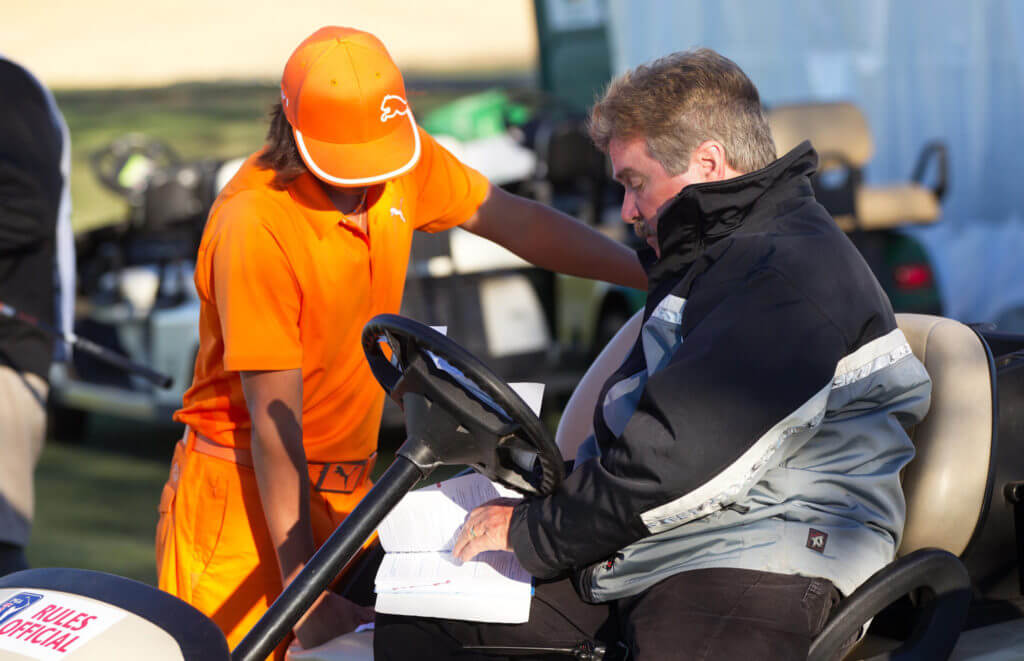
The next day, DG played the front nine in 31 to separate us from the field and despite three straight bogeys on the back, he posted 68 to take a four-shot lead into Saturday. The wind kicked up on the weekend and couple that with Westchester West being a very formidable track, David’s weekend of 70-71 gave him a three-stroke win over none other than Ben Crenshaw, Tom Watson and Fuzzy Zoeller. He did this by being an absolute ball-striking machine over those last 36 holes, hitting 32 out of 36 greens.
That night we celebrated at dinner with David’s wife, Maureen, and their infant son Andrew, my college girlfriend, Laurel (who was the Graham’s traveling nanny), Bruce and Gloria Devlin and a man who was a dear friend of the Grahams and Devlins, the Honorable Mr. Al Pigeon of Waterford Crystal.
I was asked to give the toast and thankfully the son of the English teacher didn’t disappoint: I said something like, “Some would say that David’s play here in New York was a sterling performance, but we all know that this week was a ‘crystalline’ achievement by my man. Well done, David!” Then I winked at Mr. Pigeon… and brought the house down.
I can tell you that was much easier than the toasts I’ve had to deliver at my two daughters’ weddings! David’s $60,000 first prize was the second richest of the season, and I finally was able to pay off the Comet. I even surprised my mates the following week in Canada when I bought them all an entire evening at a well-known Windsor pizza parlor. Knowing how caddies could party, I think that set me back at least my $175 salary, but we had a great time celebrating my first caddie win on American soil. David followed up his win with a decent 15th place at the Canadian Open, and all of a sudden we were sitting 16th on the money list.
****************************************
From there, we zigzagged back to New York State to play the caddies’ favorite event, the B.C. Open. I don’t remember if this was the year or not, but Leonard Thompson’s caddie Eddie “Hymer” Fletcher and I one time rolled into Endicott and played in the Monday qualifier for the B.C. I shot a respectable 76, but it was Eddie who darn near made the field with a 73, missing a playoff for a spot by one shot. David hit 29 greens in two days, but again the putter wasn’t up to the task and we missed only our third cut of the year. I got to practice all weekend for the Annual Caddie Tournament, in which for some reason I never played well. Eddie won it one year shooting 68 and Fluff won it a couple of times with under-par scores. B.C. Tournament Director Alex Alexander will always be regarded as a saint for the way he loved and treated us tour caddies. I can’t wait to see him in heaven someday and thank him again for being “better than most.”
Down the coast to Bethesda, Maryland we went for the PGA Championship being contested at Congressional CC — our second time caddying this major. David opened with two respectable rounds of 70 and 71 to sit T14 heading into the weekend. Another even-par 70 (in which we finished the last three holes on Sunday morning due to thunderstorms) re-paired us with Raymond Floyd in fifth place heading into the final round. Even though we were four back, David played steadily through the first 11 holes until three straight bogeys followed by a birdie at 15 and two great up-and-downs on the last two holes had us finishing in a tie for fourth — our first top 10 in a major, not bad! Dave Stockton won the tournament with his caddie Mike “Rosebud” Rose… isn’t that a great caddie nickname?
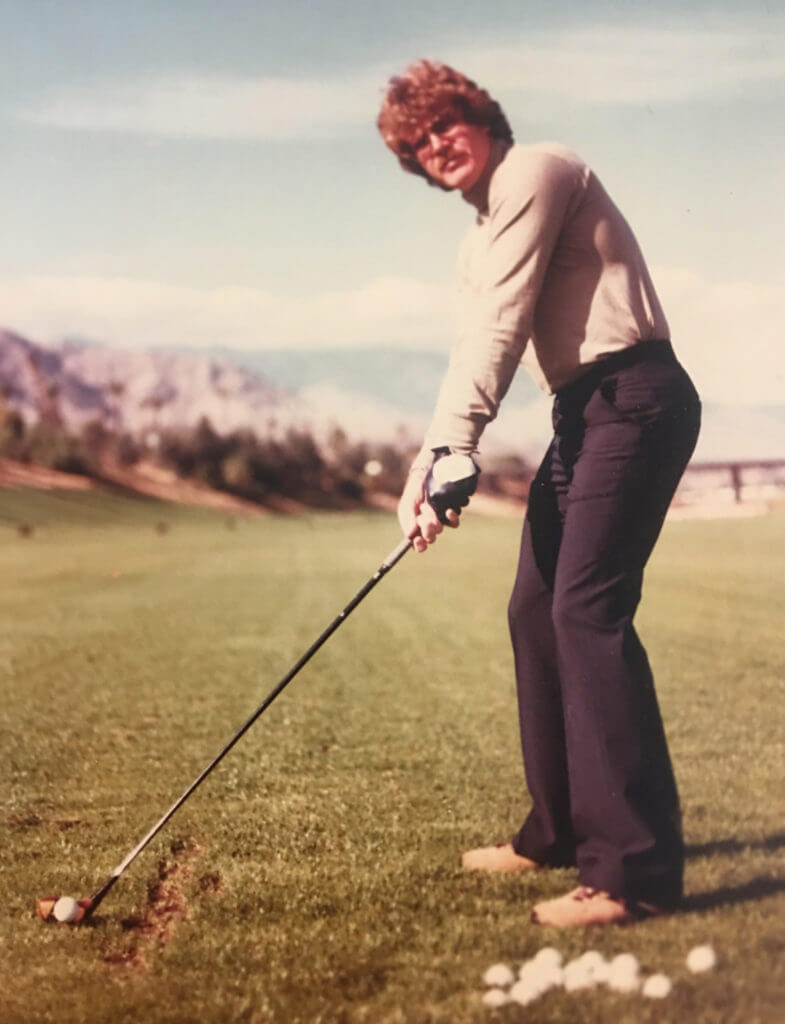
David decided to not play in Connecticut, the tournament with the longest name: the Sammy Davis Jr. Greater Hartford Open. But I had an obligation to another player which I was very willing to fulfill. You see, we had a caddie softball team that liked to get out on the sandlot and bat it around just about every week. Some weeks we would even take on the boys from the local TV station covering the golf tournament. A few weeks back — I don’t even remember what town we were in — but we were practicing amongst ourselves when I was trying to score from second on a hit to the outfield. Mark “Muff” Barnes was the catcher, and as the throw came to him I suddenly morphed into Pete Rose barreling into Ray Fosse in the 1970 All-Star game. As it was, I broke Muff’s collarbone and he had to return to his hometown of Terre Haute, Indiana to rest and heal. Fortunately, his player was only going to play one tournament in his time off and that tournament was Hartford. So I was on for Muff to cover that one tournament for… the King himself, Arnold Palmer.
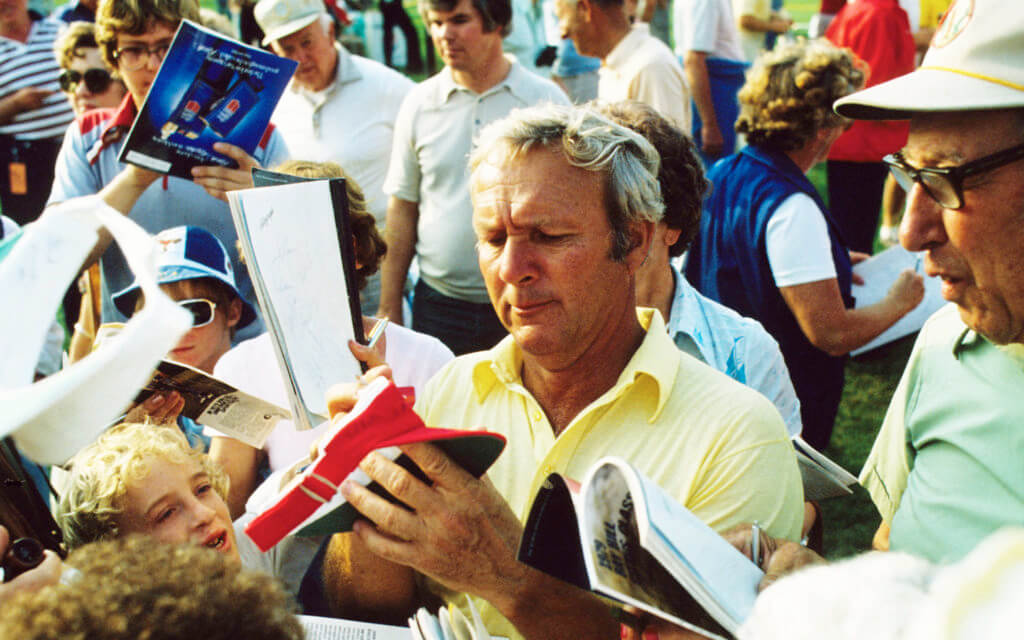
Now Arnold had not won in over three years, and at this time of his life he was jetting around the world building golf courses and playing corporate golf more than he was visiting with us out on Tour. But he was Arnie, and I didn’t think I wanted to be anything but perfect for him in this one-week deal. So we went to the range that first day and as we often do in professional circles, a greeting or a moniker sometime sticks for awhile, like pal or buddy or bro. Well, during this era we called each other pro, like “hey, pro, howzit goin’?”
Well, in the course of our practice conversation I used the word pro to address the King and he stopped hitting, looked me straight in the eye and said, “My name is Arnold or Arnie, not pro!”
Okaaaay, I got that message loud and clear. But the week went by smoothly after that. I think he really liked having Laurel in our gallery… and on Sunday, he saved his best for last and shot 66 to finish somewhere in the middle of the pack and earn $1,500… and paid me $300! People have said that Arnold was often stingy to his caddies, but I say otherwise. If I was smart, I would’ve made a copy of that check and have it on my golf wall here at home.
As an aside, I’ll never forget the first time I laid eyes on Arnold. It was my first week on the job at the Bob Hope, and I was watching him putt prior to his round at Indian Wells. When he left the green to walk the 30 yards to the first tee, the marshals held up the ropes on both sides to form a corridor through the fans.
As I watched him walk by, there was this Palm Springs maiden to my right, a dolled-up cougar in her 40s, maybe. She clasped her hands under her chin and as he walked by us he winked at her. As their eyes met, she let out this Hollywood-like, “Ooohhh, ARNOLD!”
She was pretty excited to have that moment with the King!
The King had to be inspired by all the support he always got from the golf fans in the desert: he went on to win that tournament in 1973, and it was to be his 62nd — and last — official win on the PGA Tour.
****************************************
From New England back over to Rubber City we went for the “tournament across the street” on the North Course at Firestone Country Club in what turned out to be the last time the American Golf Classic was held. You remember what I said about David “retiring” trophies? In those days you had to win twice to be eligible for the World Series of Golf, which was the following week on the South at Firestone. Our last chance to be in that limited-field event was to win on the North Course, and DG did just that: tied for the lead entering the last round, his 3-under 69 bested “brother” Lou Graham and the rest of the field by four shots.
And a funny thing happened coming down the stretch on national TV: playing the par-5 16th safely and laying up to avoid any watery graves surrounding the green, David selected the sand wedge that was used on the previous hole… and went back in the bag uncleaned. Now when he pulled it out for his third shot, he held it out to me with that eye-roll look on his face while I grabbed the towel quickly. Not a “sackable” offense when you’re cruising to victory! Oh, but he had fun with me at my expense in our practice rounds the following week on the big boy course across the street.
We wrapped up this fantastic year with a fourth in the World Series, a tie for ninth at the World Open at Pinehurst, and, during my 24th birthday week in Cincinnati, a top 25 at Jack’s first-ever course he designed, the Ohio King’s Island Open (across the street from some really cool roller coasters). We still had a two-week trip back to Australia ahead of us in November, and oh, did I mention the fact that David went to Japan to win the Chunichi Crowns tournament during his summer break and in October traveled to Surrey, England and beat Hale Irwin to win the Piccadilly World Match-Play Championship at the famous West Course at Wentworth? I did not travel overseas for these two wins — it was just too expensive back then — but I was very proud of my man nonetheless.
His best statistic, in this steno notebook that I kept all year, was the fact that he hit 13.78 out of 18 greens in regulation over the course of the year; this the same man who five years down the road would putt for 18 birdies in the final round of his U.S. Open victory at Merion. When Mark McCormick of IMG published his annual report of world golf earnings, David Graham finished 1976 second only to Jack Nicklaus himself.
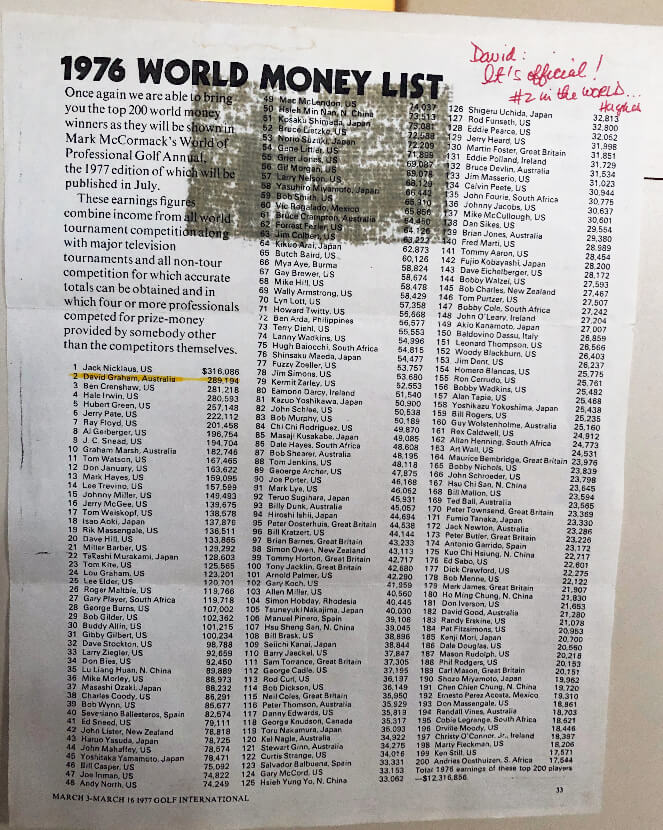
Along the way in this fantastic year was the fact that Ram Golf Company of Melrose Park, Illinois — the company that sponsored Tom Watson and was having a banner year selling their Zebra putters since Ray Floyd ran away with the Masters title with his in the bag — was paying me an extra $100 a week to be their gopher boy and make weekly trips to the air cargo areas of the airport to pick up balls, gloves and equipment that they shipped to their rep, Bob Rosburg. “Rossie” appreciated my hustle and he didn’t have to worry about the main task I had: count all the Zebra’s in play that week and report back to the Hansbergers who owned Ram Golf. This little side job was a nice addendum to the $16,000 I made for the year caddying for the second-best player on the planet. That’s another thing I should have saved a copy of: my 1976 income tax return. I think I still was able to legally write off everything and pay just a small portion back to Uncle Sam.
No bank account, but a car that was paid off. How was I going to do this all my life?
Talk about love of the game. But something tugged at my heart that I’ll relate to you next time… ciao for now.

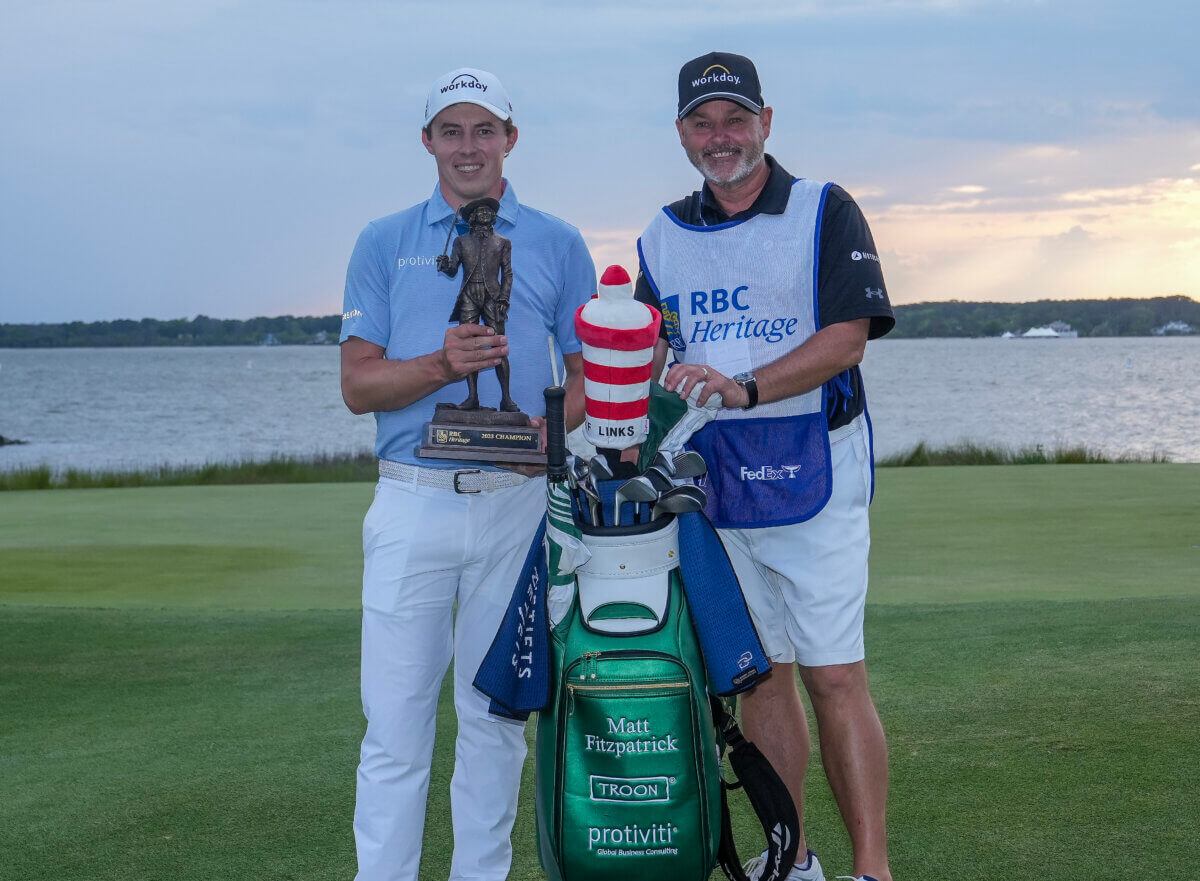
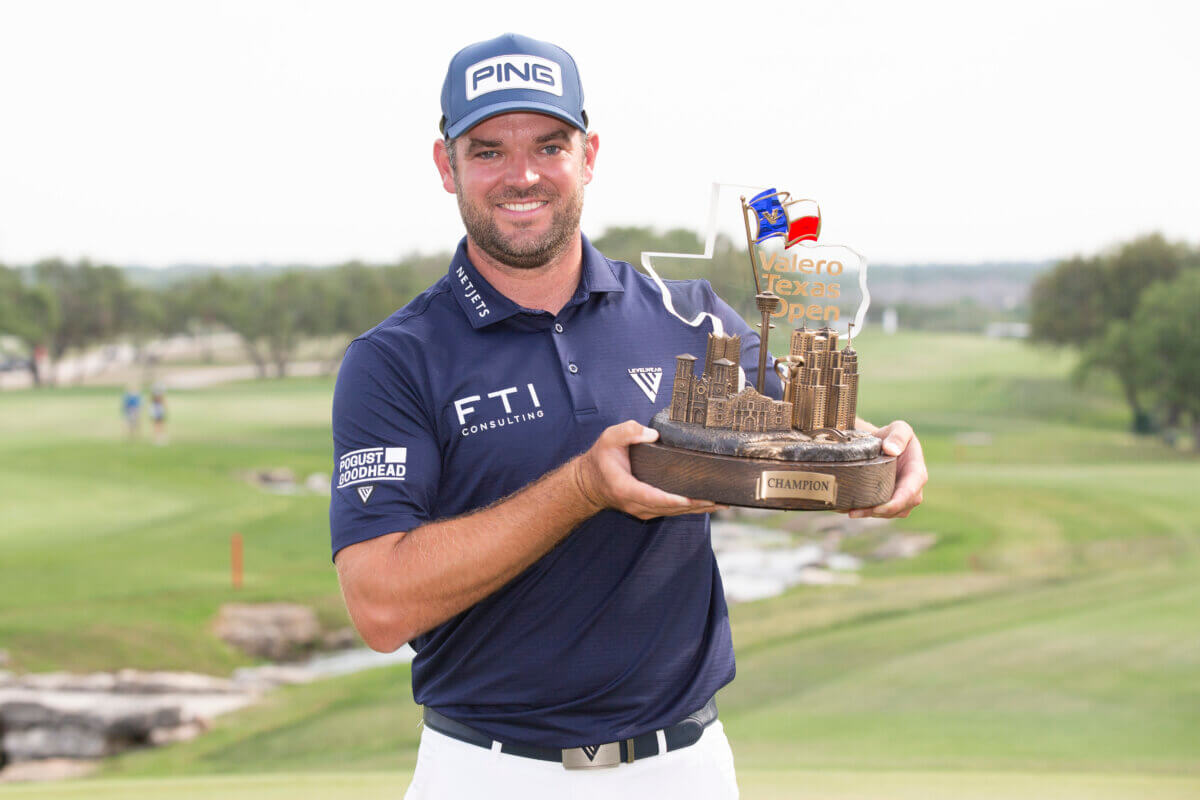
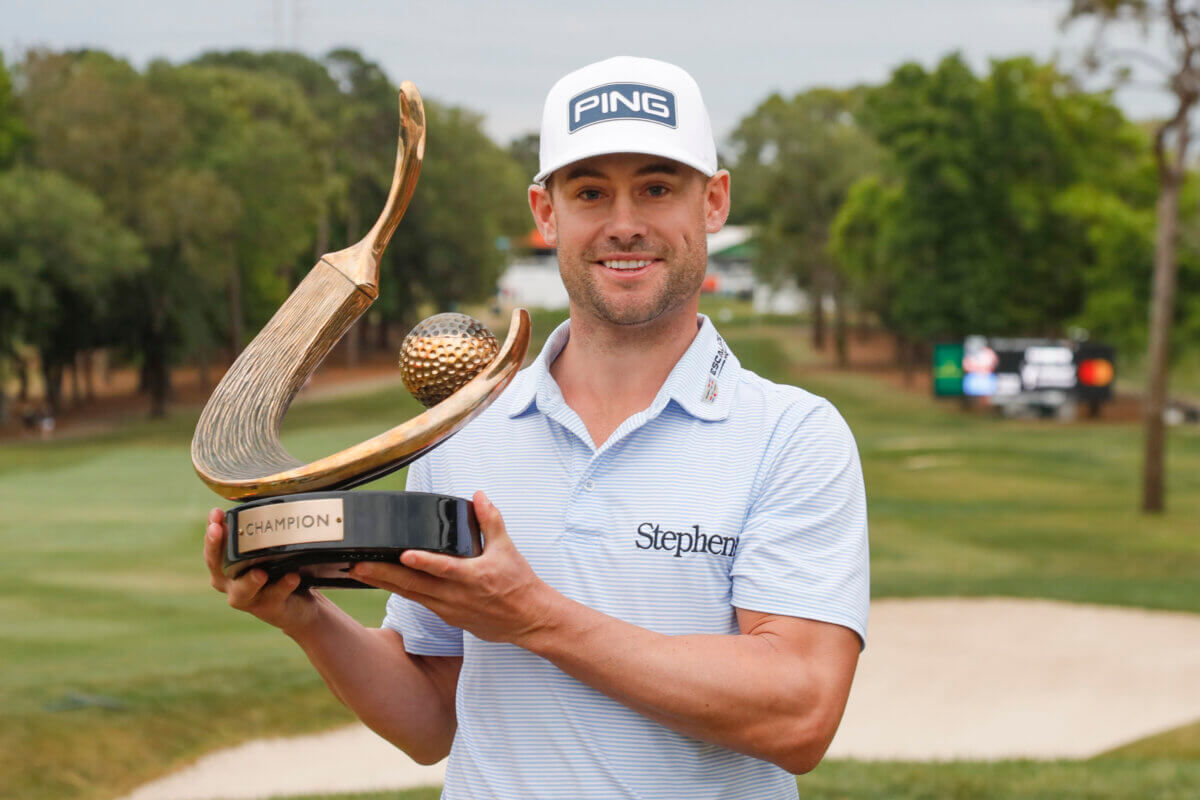
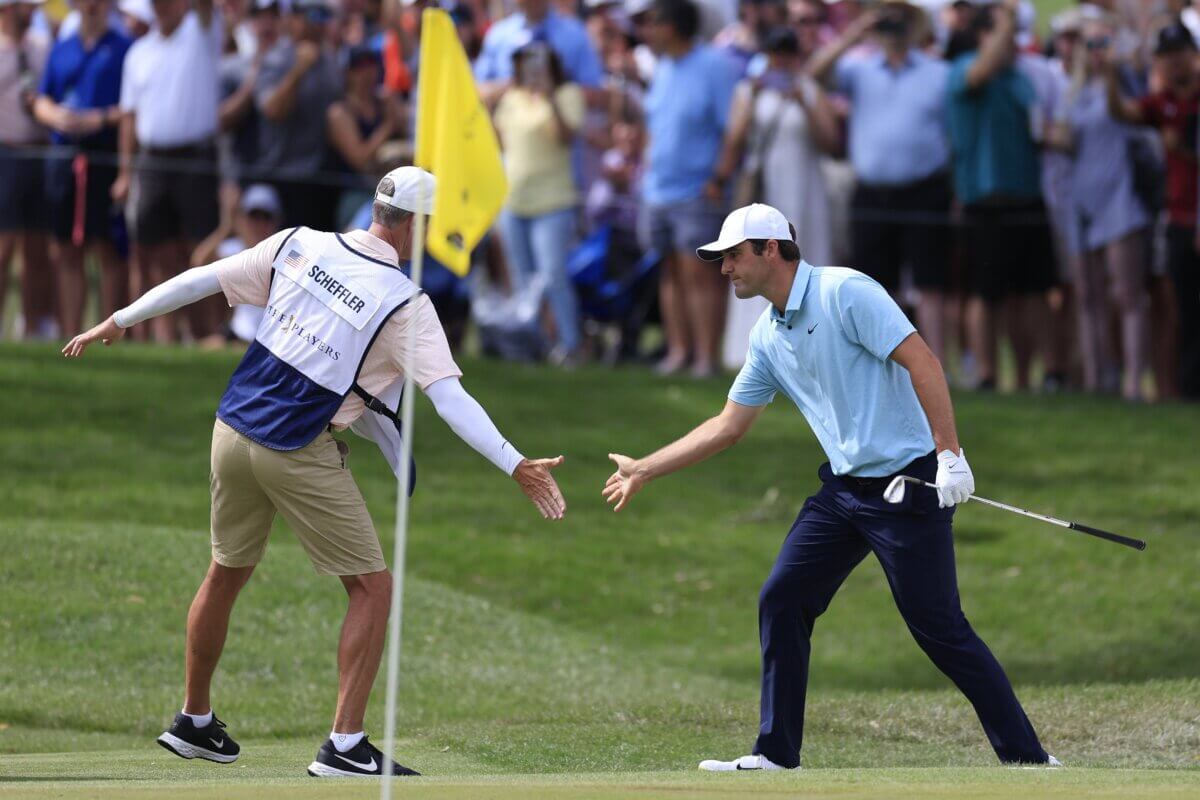
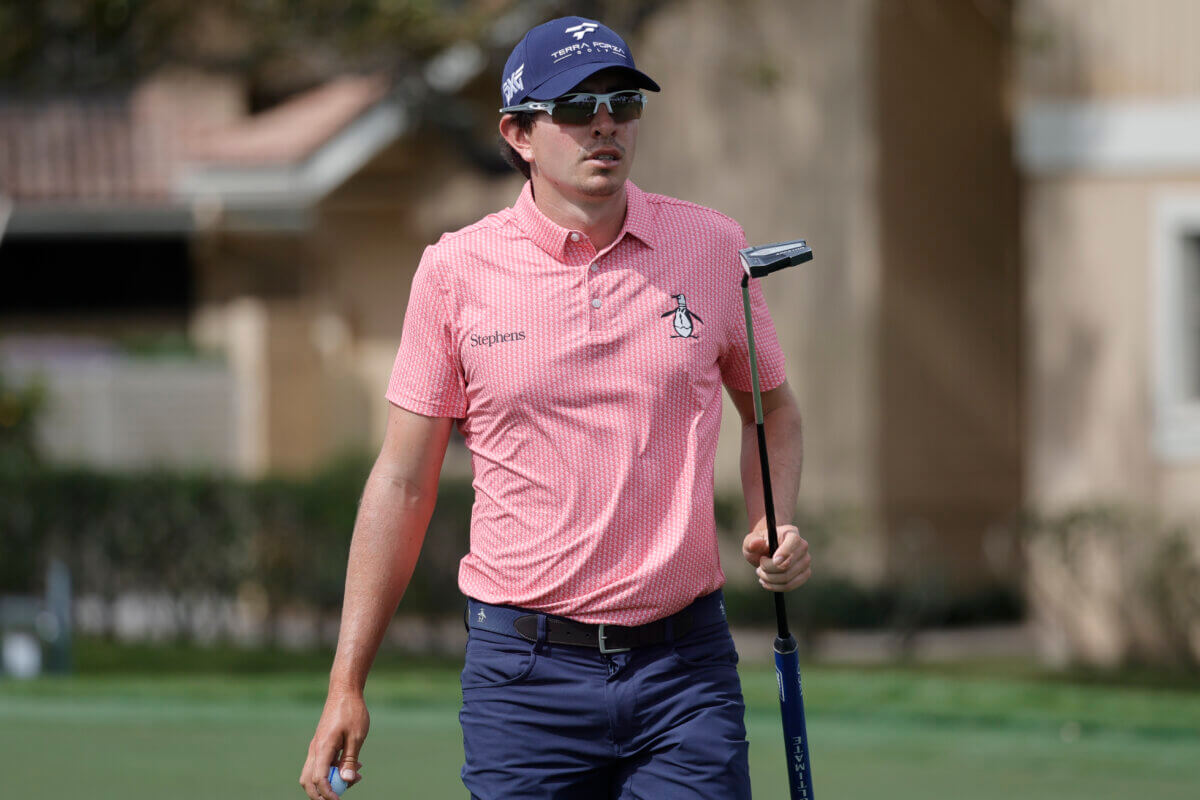
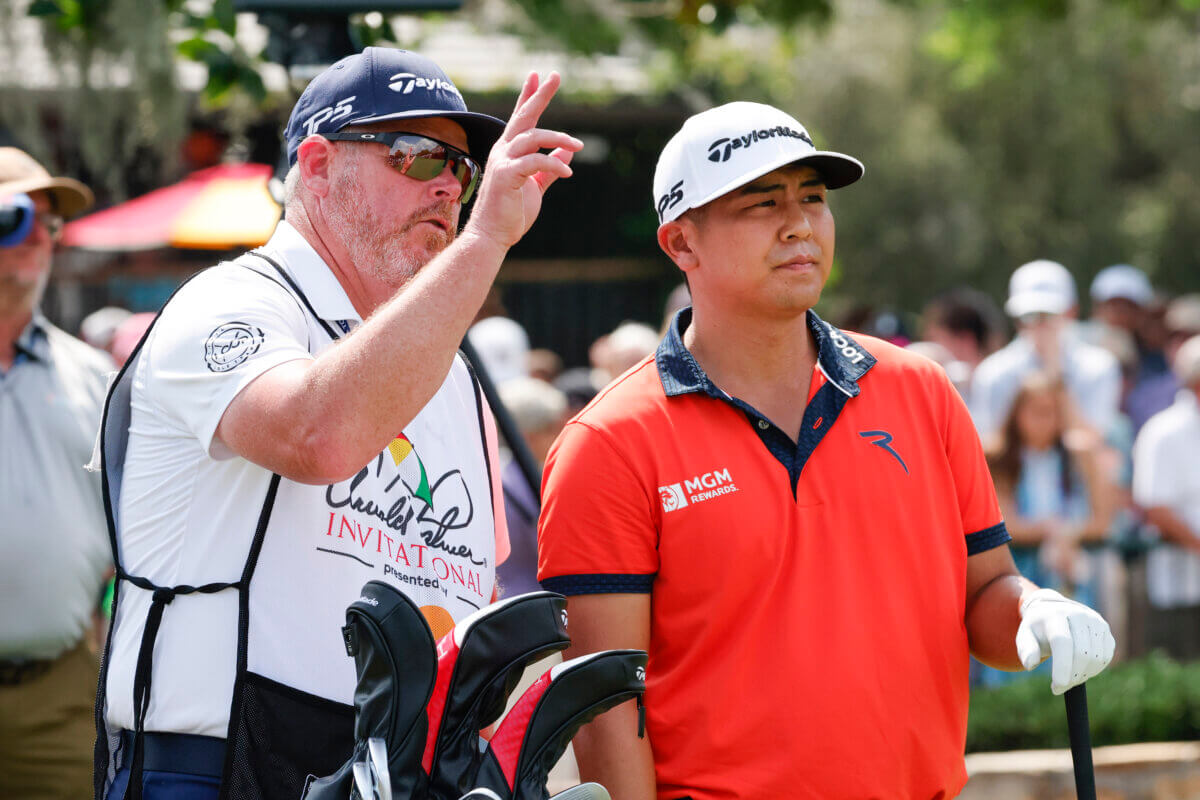
Can’t wait for the next installment!
I’m working on it, Snowman! It’ll be before the snow flies, 😂
Another great read…lots of great interesting detail. Didn’t know you caddied for Mr. Palmer.. Too bad about the check….Enjoyed the info on Jerry Pate.. as I told you we had a nice conversation here in Phoenix… looking forward to chapter 3..Are you going to include a chapter on the trailer phase of your career?
I grew up playing Jr. Golf with Eddie Fletcher in Jacksonville
Great stories! The way you tell them-in much detail-is very enjoyable,I almost felt like I was right there.Thank God this story ended, I have to get up for work in the morning or I would have kept reading 🤣
Great stuff !! Do a podcast !!
You’re in luck! We already have… https://www.thecaddienetwork.com/under-the-strap-podcast-episode-24-with-steve-hulka/